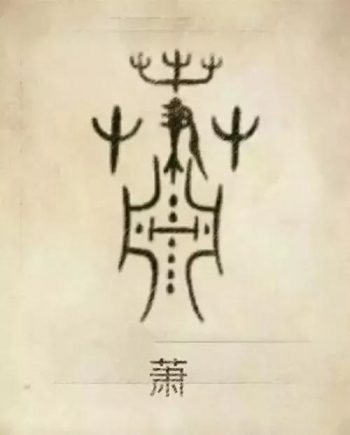The Xiao(xiāo) surname, one of China’s most storied family names, embodies political ingenuity, artistic brilliance, and multicultural resilience. From ancient feudal states to modern global networks, the Xiao lineage reflects the dynamic evolution of Chinese civilization. Let’s explore its origins, influential figures, cultural values, and enduring impact.

I. Surname origin
1. Take the country as the surname
The earliest Xiao lineage traces to Meng Kui, a descendant of the legendary flood-control hero Boyi. He established the Xiao State (modern Anhui’s Xiao County) during the Xia Dynasty (2070–1600 BCE), with his descendants adopting “Xiao” as their surname.
2. Lineage inheritance
During the Spring and Autumn Period (771–476 BCE), Da Xin, a Song nobleman, was granted the Xiao territory for quelling a rebellion. After the state fell to Chu in 597 BCE, his descendants preserved “Xiao” as their surname.
3. Multicultural Integration
From the Northern Dynasties to the Liao Empire (916–1125 CE), ethnic groups like the Khitan and Uyghurs adopted “Xiao” through cultural assimilation. For example, the Khitan Borjigin clan renamed themselves Xiao to honor Han Dynasty statesman Xiao He.
II. Historical Figures:
1. Political Visionaries
Xiao He (257–193 BCE) :Architect of the Han Dynasty’s legal system, famed for the saying “Success and failure both hinge on Xiao He.”
Emperor Xiao Yan (464–549 CE) : Ruler of the Liang Dynasty who integrated Buddhism into Chinese culture, initiating the Land and Water Dharma Assembly.
2. Literary Pioneers
Xiao Tong (501–531 CE) :<Compiled Literary Selections of Zhaoming> , China’s first literary anthology, shaping classical prose for centuries.
Xiao Yingshi (717–768 CE) : Tang Dynasty essayist whose writings influenced giants like Han Yu.
3. Artistic Innovators
Xiao Zhao (12th c.):Southern Song painter renowned for ink-wash landscapes like Mountain Peaks and Pavilions.
Xiao Yuncong (1596–1673) :Ming-Qing artist who fused northern and southern painting styles, founding the Gushu School.
III. Cultural Significance:
1. Ancestral Homelands and Clan Halls
Dinghan Hall – Honors Xiao He’s role in stabilizing the Han Dynasty, symbolizing loyalty to nation and family.
2. Migration and Adaptation
Xiao clans migrated south during the Yongjia Turmoil (4th c.) and later joined the Hongdong Great Pagoda Tree (Ming-Qing era), spreading cultural traditions across China. Family mottos like “Value integrity over wealth” guided generations.
3. Artistic and Scholarly Legacy
The Xiao surname is tied to foundational texts like Book of Liang and artistic movements like the Gushu School, illustrating its role in preserving Chinese heritage.
IV. Social Impact:
1. Demographics
The Xiao surname has a population of about 9.36 million, concentrated in Hunan, Sichuan, Jiangxi and other places, a distribution pattern of "dense in the south of the Yangtze River, with Hunan and Jiangxi as the core".
2. Modern Achievements
The contemporary Xiao surname continues to shine in fields such as technology (e.g., Academician Xiao Jimei), literature (writer Xiao Hong), and (Southeast Asian Xiao surname conglomerates), forming a cross-domain social network.
From geologist Xiao Zanxun's promotion of paleontological research to archae Xiao Da's participation in the Xia, Shang, and Zhou chronology project, Xiao surname scholars have been continuously involved in major national scientific research projects, demonstrating academic.
Conclusion:
The Xiao surname is more than a genealogical record—it’s a testament to China’s ability to reinvent while preserving core values. From Xiao He’s legal codes to modern innovators, this lineage exemplifies how tradition fuels progress. For historians and cultural explorers, the Xiao story offers a masterclass in resilience and reinvention.